Advancements in Ionic Liquid Applications
Innovations in the applications of ionic liquids are significantly influencing the Ionic Liquid Market. These versatile solvents are being explored in diverse fields such as electrochemistry, catalysis, and separation processes. For instance, ionic liquids are increasingly employed in the extraction of valuable metals from ores, enhancing efficiency and reducing waste. The market is expected to witness a surge in demand for ionic liquids in energy storage systems, particularly in batteries and supercapacitors, where their unique properties can improve performance. As research continues to unveil new applications, the Ionic Liquid Market is likely to expand, driven by the need for advanced materials that meet the evolving demands of various industries.
Emerging Markets and Economic Development
Emerging markets are becoming increasingly relevant to the Ionic Liquid Market. As economies develop, there is a growing demand for advanced materials and sustainable solutions across various sectors. Countries in Asia and South America are witnessing rapid industrialization, leading to an increased interest in ionic liquids for applications in pharmaceuticals, agriculture, and manufacturing. The potential for growth in these regions is substantial, as industries seek to adopt innovative technologies that enhance efficiency and reduce environmental impact. The Ionic Liquid Market is likely to capitalize on these trends, as companies in emerging markets recognize the benefits of incorporating ionic liquids into their processes.
Rising Interest in Energy Storage Solutions
The growing interest in energy storage solutions is poised to impact the Ionic Liquid Market positively. With the increasing demand for renewable energy sources, the need for efficient energy storage systems has become paramount. Ionic liquids are being investigated for their potential use in next-generation batteries and supercapacitors, where they can enhance energy density and stability. The market for energy storage is projected to grow significantly, with ionic liquids playing a crucial role in developing advanced materials. As the Ionic Liquid Market aligns with the energy sector's needs, it is likely to experience substantial growth driven by innovations in energy storage technologies.
Growing Demand for Green Chemistry Solutions
The increasing emphasis on sustainable practices within the chemical industry appears to drive the Ionic Liquid Market. As industries seek to minimize their environmental footprint, ionic liquids, known for their low volatility and non-flammability, emerge as viable alternatives to traditional solvents. The market for ionic liquids is projected to reach approximately 1.5 billion USD by 2026, reflecting a compound annual growth rate of around 12%. This growth is likely fueled by the rising adoption of green chemistry principles across various sectors, including pharmaceuticals and agrochemicals, where ionic liquids are utilized for their unique properties. The Ionic Liquid Market is thus positioned to benefit from this shift towards eco-friendly solutions, as companies increasingly prioritize sustainability in their operations.
Regulatory Support for Sustainable Practices
Regulatory frameworks promoting sustainable practices are likely to bolster the Ionic Liquid Market. Governments and international organizations are increasingly implementing policies that encourage the use of environmentally friendly materials, including ionic liquids. This regulatory support is evident in initiatives aimed at reducing hazardous waste and promoting green chemistry. As a result, industries are incentivized to adopt ionic liquids in their processes, aligning with compliance requirements. The Ionic Liquid Market stands to gain from these regulations, as companies seek to innovate and adapt to the changing landscape of environmental legislation. The anticipated growth in the market is expected to be further supported by these favorable regulatory conditions.


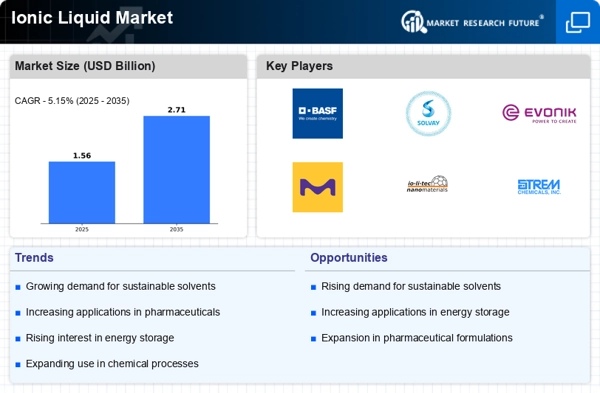

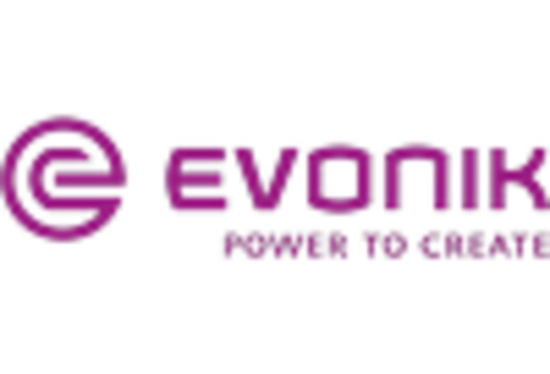
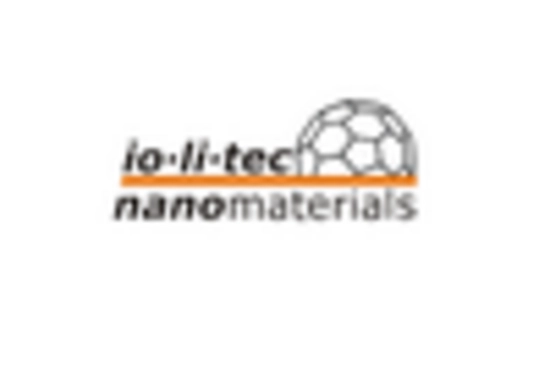
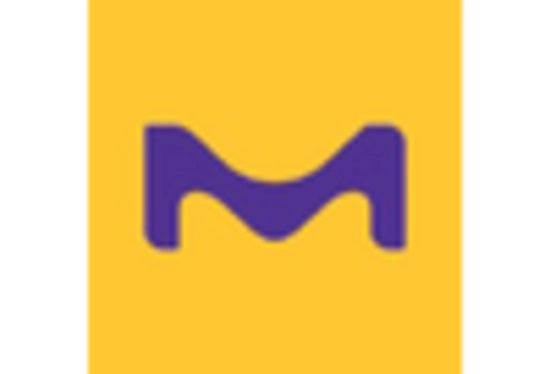
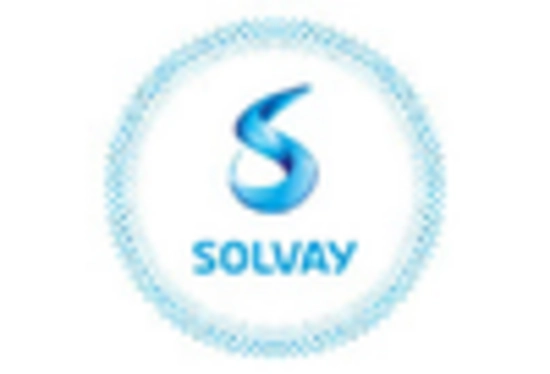
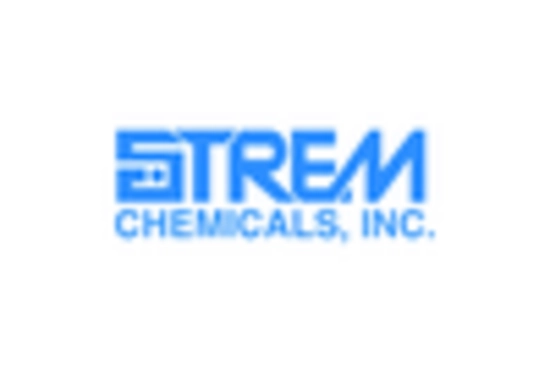








Leave a Comment